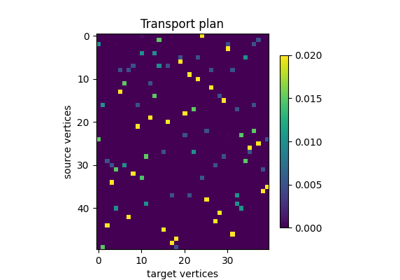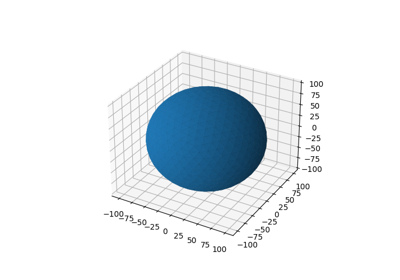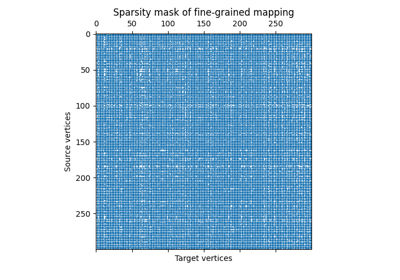Examples#
Basics#
This section will cover the basic ideas behind this package. We introduce the Fused Unbalanced Gromov Wasserstein loss and its dense solvers. Then we show how a large, low-rank geometry can be approximated with by computing an embedding, resulting in much less memory usage. Finally, we show how these embeddings can be used in combination with sparse solvers for the FUGW loss.
Brain alignment#
This subsection gives an exhaustive overview of brain alignment pipelines which cover 4 cases: volumetric or surface data, low or high resolution.
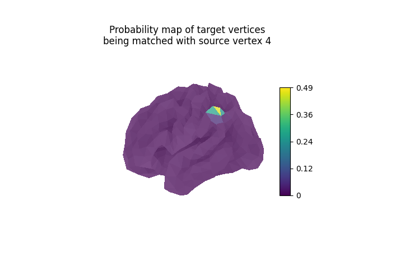
Low-resolution surface alignment of 2 individuals with fMRI data
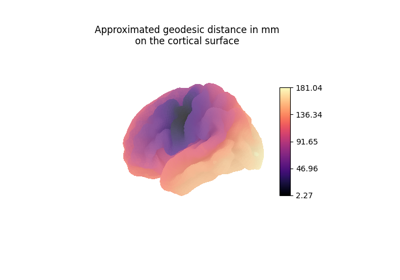
High-resolution surface alignment of 2 individuals with fMRI data
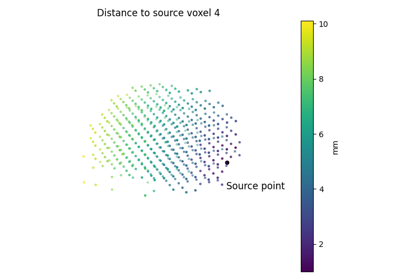
Low-resolution volume alignment of 2 individuals with fMRI data
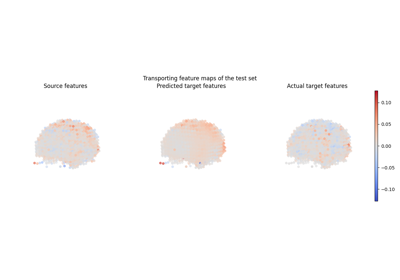
High-resolution volume alignment of 2 individuals with fMRI data
Miscellaneous#
This section contains a series of miscellaneous tools that are not directly related to the main functionality of the package, but that can be useful in some cases.
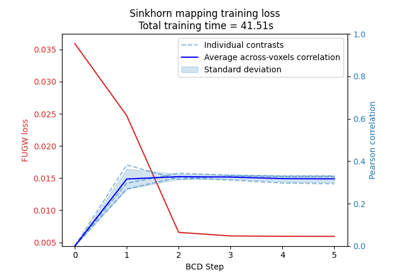
Monitor the Pearson correlation during training with callbacks
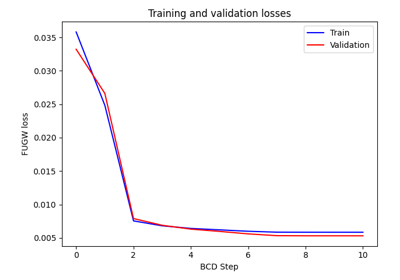
Using a validation set to monitor the convergence of the fugw loss

Monitor memory usage at each BCD iteration with callbacks
